When AMD launched the Radeon RX 9070 XT about two months ago, they announced a $600 price tag for their top GPU. However, after monitoring the market for weeks, this is clearly not a $600 graphics card. So it's time to label that price as a fake MSRP and take a look at what the real market price of the 9070 XT is across different regions.
It should be noted that every time a new popular graphics card launches, there's a period where availability is limited. We've seen this happen countless times over the years, and it's how the market has behaved for over two decades: new cards launch, they sell out, restocks arrive at higher prices, and eventually, things stabilize.
GPU manufacturers deserve a bit of leeway to steady the supply chain before we raise concerns about inflated pricing. However, as of today, we're two months past the Radeon 9070 XT's release. In many regions, the GPU market has stabilized, yet AMD has still failed to offer the 9070 XT at the price they advertised, even as competing cards have reached their MSRPs.
In the US
Let's begin by looking at the US market. We understand that current economic conditions, tariffs, and general instability have caused pricing volatility in the PC component space. While some countries now have graphics cards available at MSRP, the US does not. We acknowledge the reasons for this and don't expect GPUs to hit MSRP amid ongoing uncertainty. That said, it's still worth exploring how the 9070 XT is priced in this context.
At Newegg, the cheapest RX 9070 XT currently available is the XFX Quicksilver model at $860. The next lowest option is the Sapphire Pulse at $880, with several others hovering around $900. Its direct competitor, the GeForce RTX 5070 Ti, is actually cheaper: a Zotac Solid Core model is listed at $825, and the MSI Ventus at $900.
Both GPUs are priced above MSRP, but the 9070 XT's pricing is particularly excessive. The 9070 XT is supposed to cost $600, while the 5070 Ti is meant to be $750 – a $150 or 20% price gap. Right now, though, the 9070 XT is nearly the same price as the 5070 Ti.
Looking at the next tier down, AMD is also struggling to position the standard Radeon RX 9070 competitively. The cheapest model on Newegg is the Sapphire Pulse at $750. Meanwhile, RTX 5070 cards start at $610, including models like the Gigabyte Windforce. While the MSRP for both should be $550, Nvidia and its partners are doing a far better job supplying cards at a price that more closely matches the MSRP. The 5070 is just 11% above where it should be, but the 9070 is a whopping 36% above where it should be.
Australia
In Australia, the Radeon RX 9070 XT is a notable outlier. Most graphics cards are available at MSRP: RTX 5070 Tis are in stock at AU$1,509, the RTX 5070 is slightly below MSRP at AU$1,099, and even the RTX 5060 Ti 16GB is at its AU$819 MSRP.
One could argue that these MSRPs are inflated due to the so-called "Australia tax," and we would agree... the RTX 5070 should be closer to AU$950 or AU$1,000. But regardless, Nvidia's cards are available at the advertised RRP.
There's also good news for those considering the Radeon RX 9070 non-XT model. That GPU is available for AU$1,050. This means the Radeon 9070 is actually cheaper than the RTX 5070 in Australia, even though both are supposed to cost the same. That's a better-than-expected scenario for AMD.
However, the RX 9070 XT is a different story. The lowest price at PC Case Gear, a retailer we've used for consistent comparisons, is AU$1,300. That's a 24% premium over the RX 9070, when the price difference should only be 9%. Realistically, base models of the 9070 XT should be priced at AU$1,150, or even below AU$1,100 when converting the original MSRP to AUD.
At AU$1,300, the 9070 XT is only AU$210 cheaper than the 5070 Ti (a 14% discount) when it should be undercutting it by at least 20%, based on launch pricing. This is in relation to an already inflated local RRP for the 5070 Ti, making the 9070 XT's pricing even harder to justify.
In Germany
Let's move across to Germany, where the official MSRPs for the RTX 5070 Ti and RTX 5070 are €880 and €620, respectively. At retailers like Mindfactory, it's fairly easy to find cards below MSRP. For instance, the Palit Gaming Pro 5070 Ti at €833 and the Palit Infinity 5070 at €593.
Flick over to the Radeon RX 9070 XT and the cheapest model available is priced at €745, which was also the lowest price we could find at other retailers. This makes it only 11% cheaper than the RTX 5070 Ti, when the gap should be 20%.
Ideally, the 9070 XT should cost around €640 to align with a $600 USD-equivalent post-tax, while the 5070 Ti should be around €800. Nvidia is nearly there – just 4% above target – whereas AMD is 16% above where they should be.
The vanilla RX 9070 is available for €650, again, overpriced. It should match the RTX 5070, but it's at least 50 euros more expensive. The pricing gap between the 9070 XT and 9070 is also wider than expected, making AMD's product stack less competitive. The 9070 XT should be just 9% more expensive than the RTX 5070, but it's currently 26% more.
In Canada
A quick check of Newegg Canada shows the RTX 5070 Ti at CA$1,250 and the RTX 5070 at CA$820. The cheapest RX 9070 XT is CA$1,100, or a 12% discount versus the 5070 Ti but 34% more than the 5070. This mirrors, or even worsens, the situation in Germany.
While all these prices may be inflated relative to where they should be, our focus is on the relative pricing gaps.
The Myth of the $600 RX 9070 XT
To summarize: two months post-launch, the Radeon RX 9070 XT is still not being sold at its advertised price. In several regions, Nvidia cards are selling at or even below MSRP, while AMD's 9000-series cards remain overpriced.
The $600 price, relative to the RTX 5070 Ti's $750, implied a 20% savings, but in practice, the real-world difference has shrunk to about 12% in key regions. This has made the 9070 XT more expensive compared to the RTX 5070, sometimes significantly so.
We're not suggesting that Nvidia's prices are particularly good as many of their regional MSRPs are still too high compared to the US reference, but it's clear that Nvidia is doing a better job of achieving MSRP-level pricing as supply stabilizes.
Considering all of these factors, the real price of the Radeon RX 9070 XT is currently around $650+ to $680 when adjusted for typical US MSRP comparisons. The $600 price was only ever a reality during a brief window post-launch, when AMD applied rebates. Once those expired, prices jumped. Most gamers haven't been able to buy one at MSRP since launch.
This significantly impacts the 9070 XT's value proposition. In a review comparing the GPU to the 5070 Ti across 55 games, the 9070 XT was found to be 5% slower at 1440p and 4K. Currently, it's about 12% cheaper for 5% lower performance, equating to 9% better value. At MSRP, it should deliver roughly 16% better value, a level we consider the minimum to justify choosing the Radeon card over its GeForce counterpart. With under 10% better value, the 5070 Ti becomes the more appealing choice, particularly given Nvidia's superior features.
AMD was able to benefit with strong early sales of the 9070 XT because they had far more supply compared to Nvidia, and by all accounts the card sold well. However, Nvidia has since ramped up production, and both the 5070 Ti and 5070 are now widely available at MSRP in many regions. In this environment, AMD must compete at the MSRP, not at inflated prices based on constrained supply.
In our opinion – and to be clear, this is just our view – it doesn't look like AMD ever intended to sell the RX 9070 XT for $600. All signs before launch pointed to a higher price. The last-minute pricing shift, including audio changes in the launch video, suggests a reactive decision. Did AMD intend to price it at $650 all along? Possibly. All we know is that the $600 price is more fake than it is real.
With GeForce availability improving, we're hopeful this will spark real competition in the upper mid-range. Ideally, prices across the board will begin to fall. We also sympathize with gamers in the US dealing with a particularly volatile and expensive GPU market, hopefully things there settle a bit so PC gaming can remain viable.

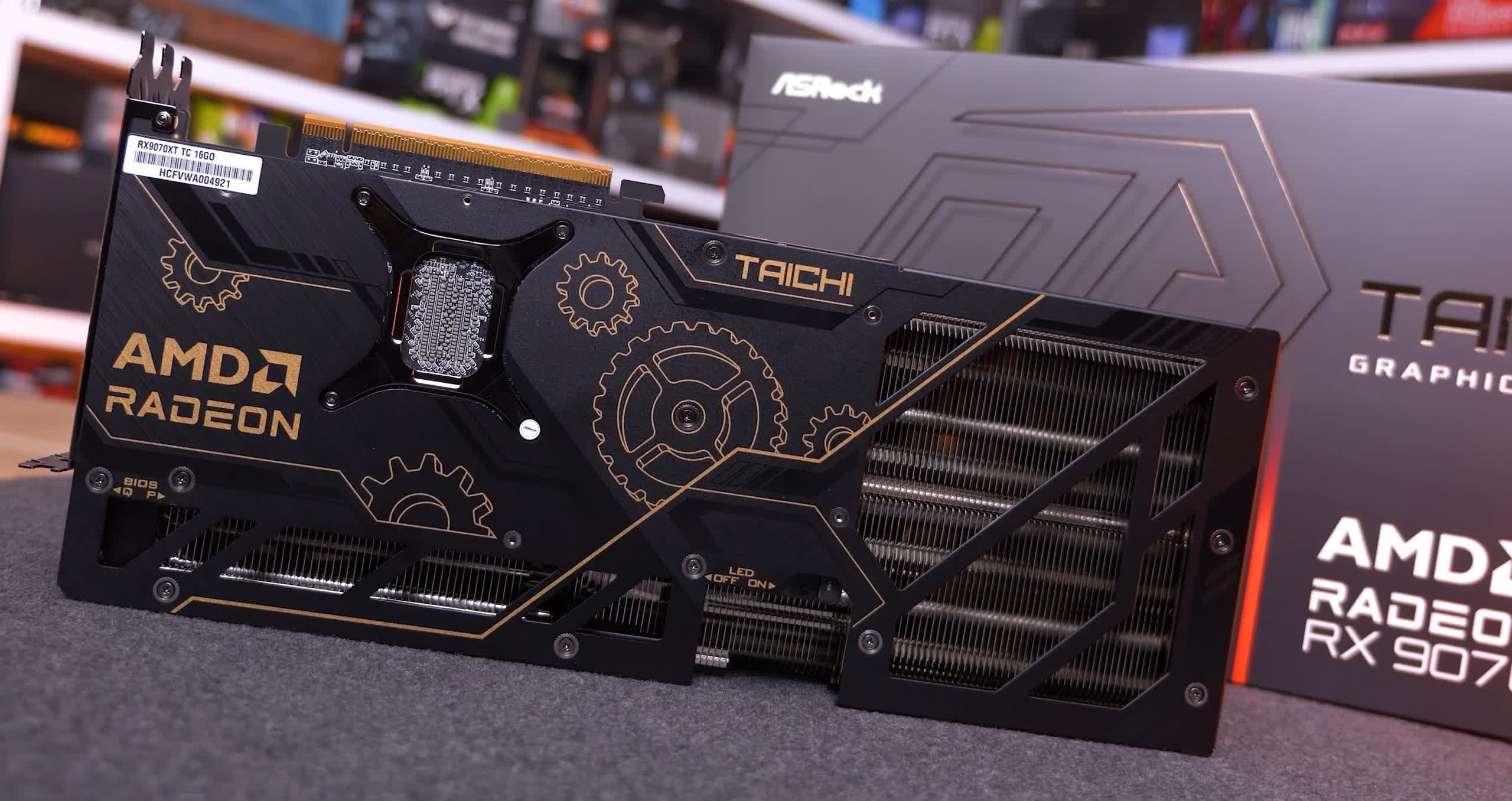
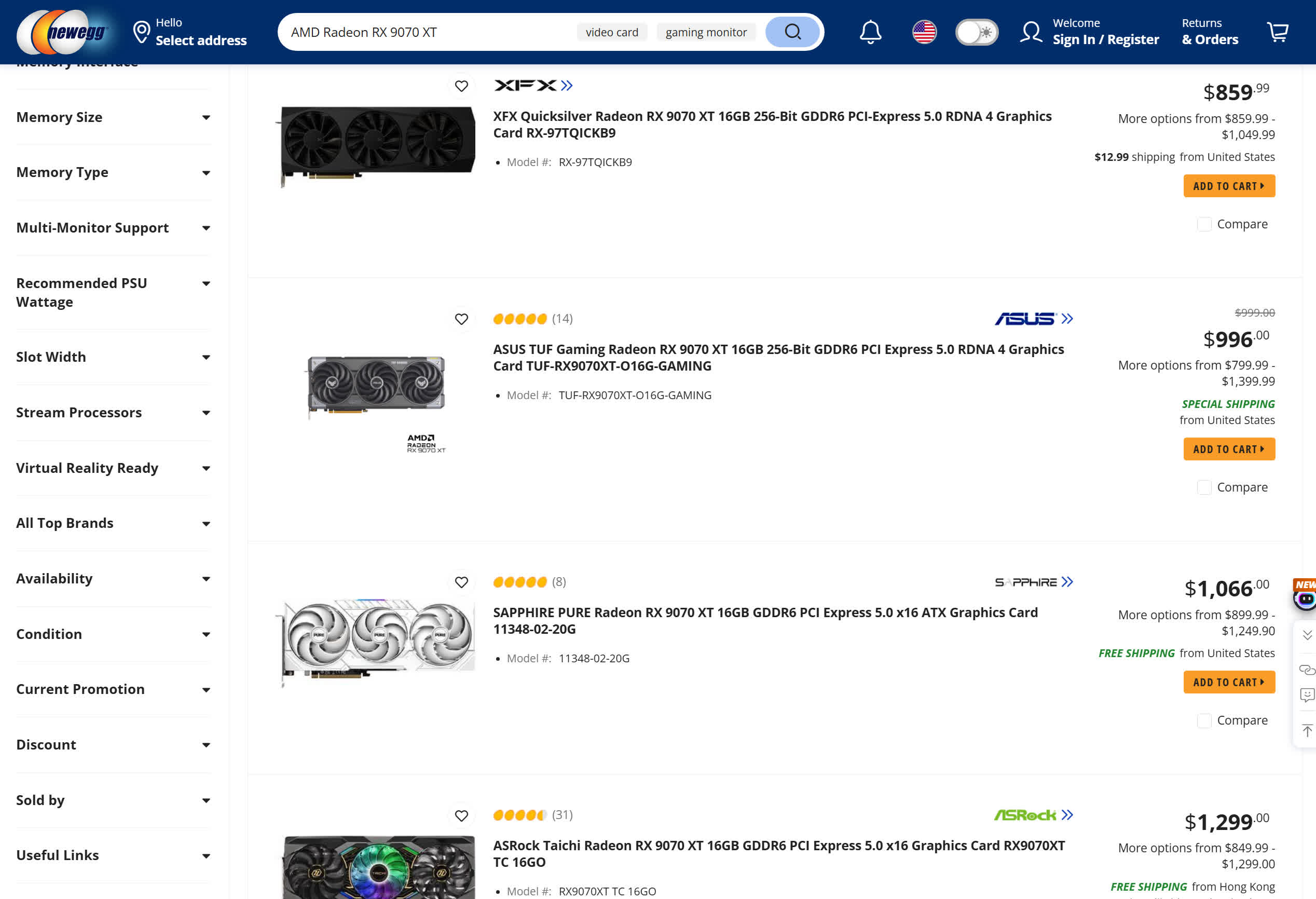
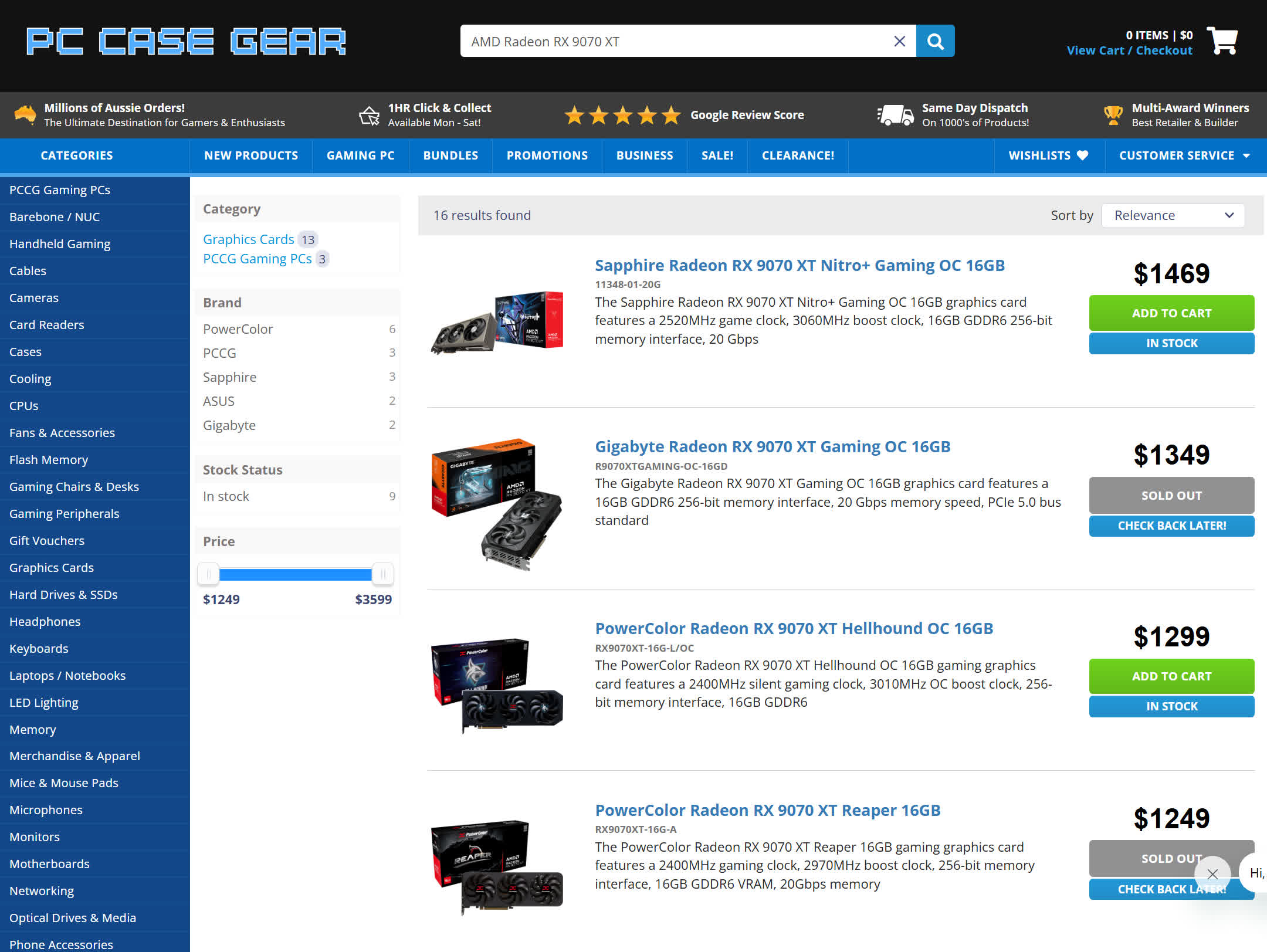
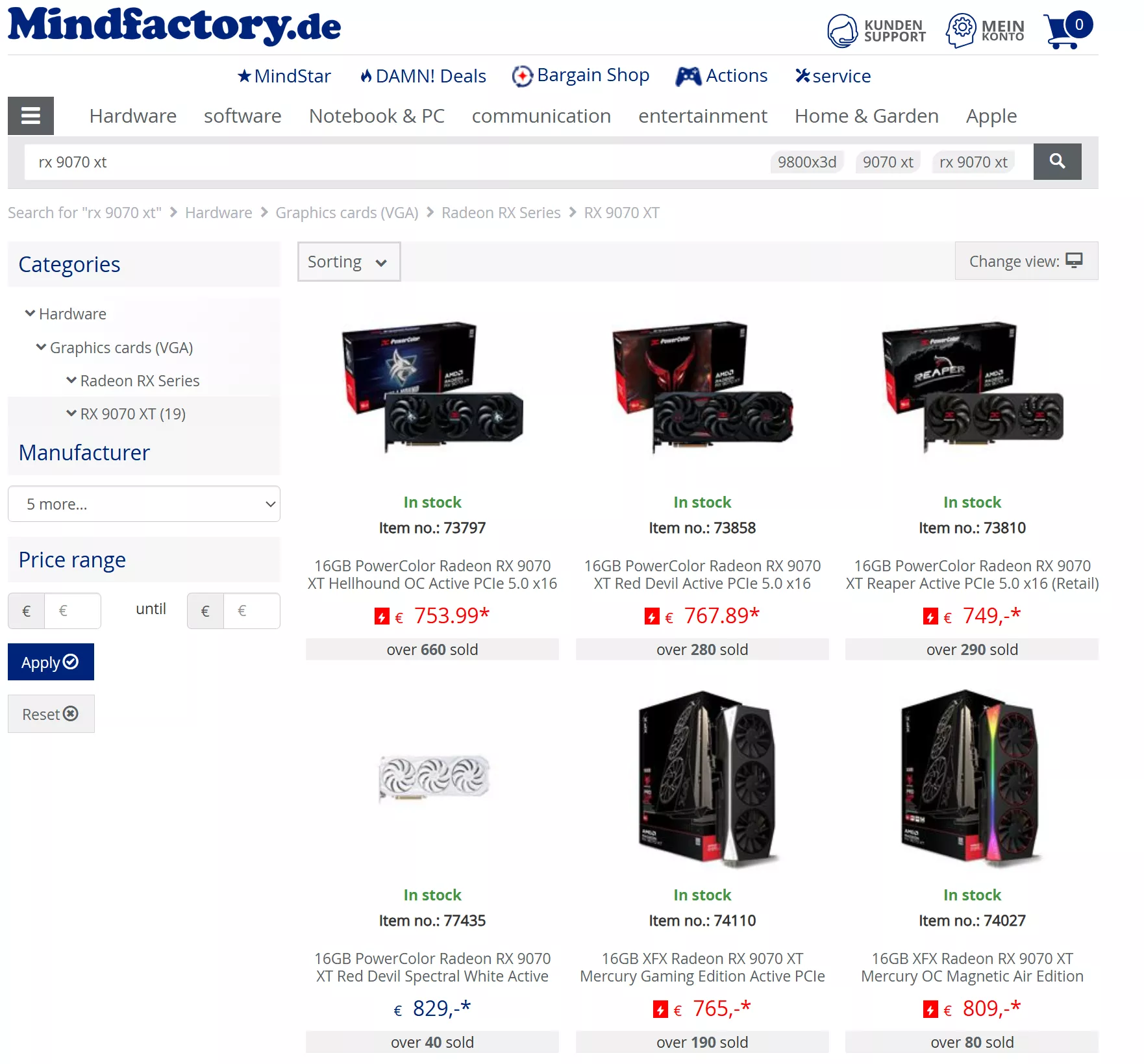
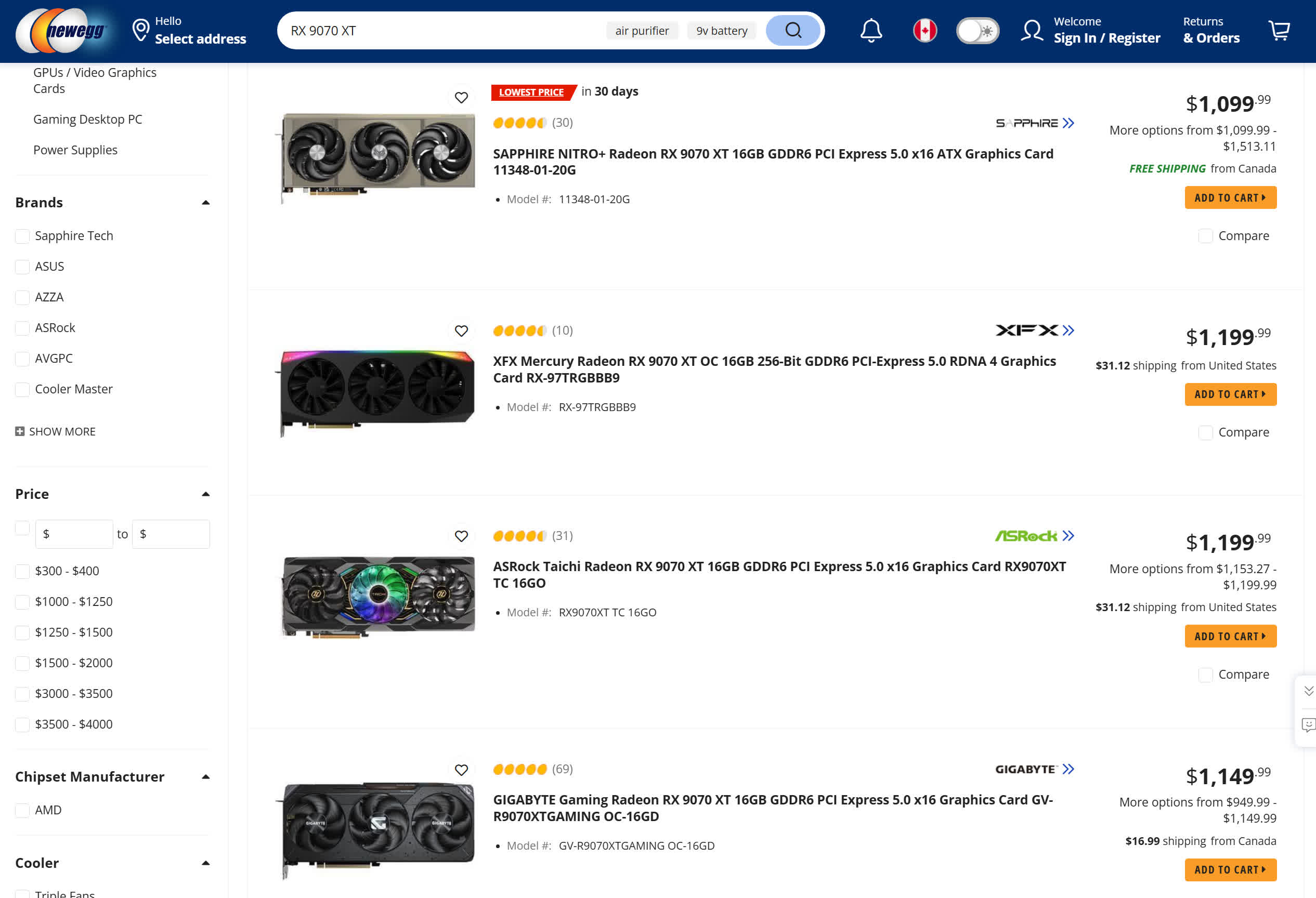
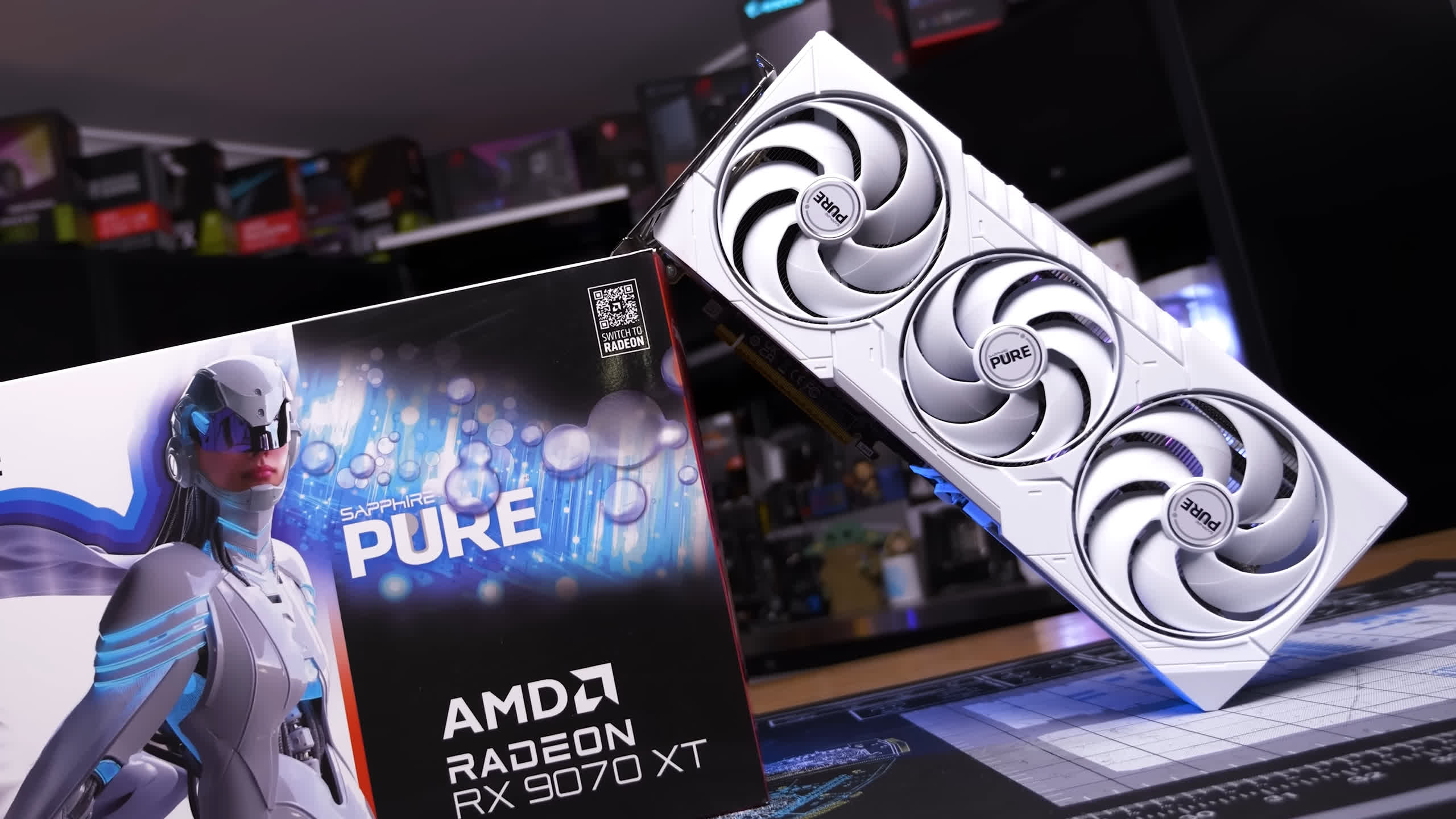
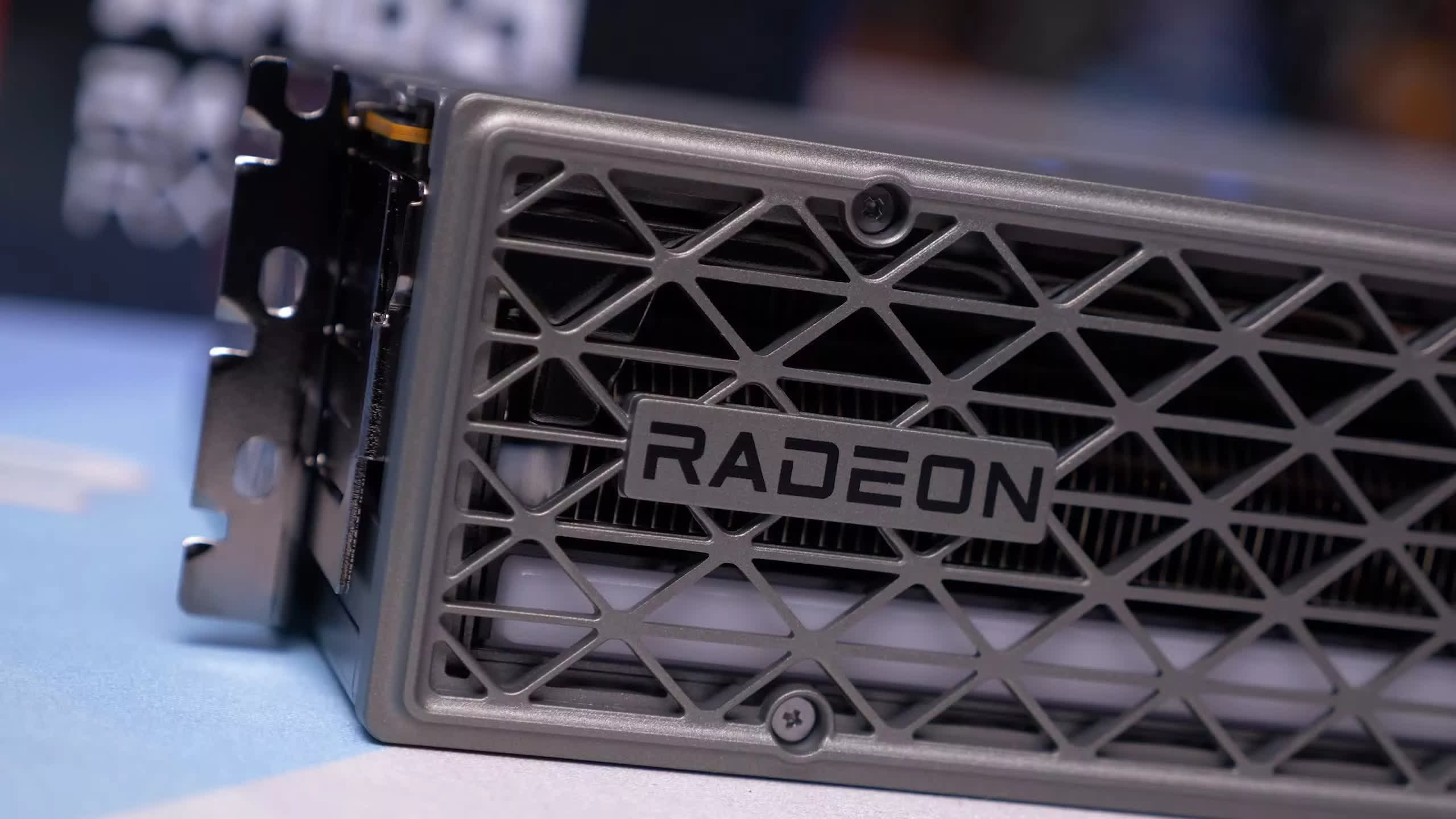
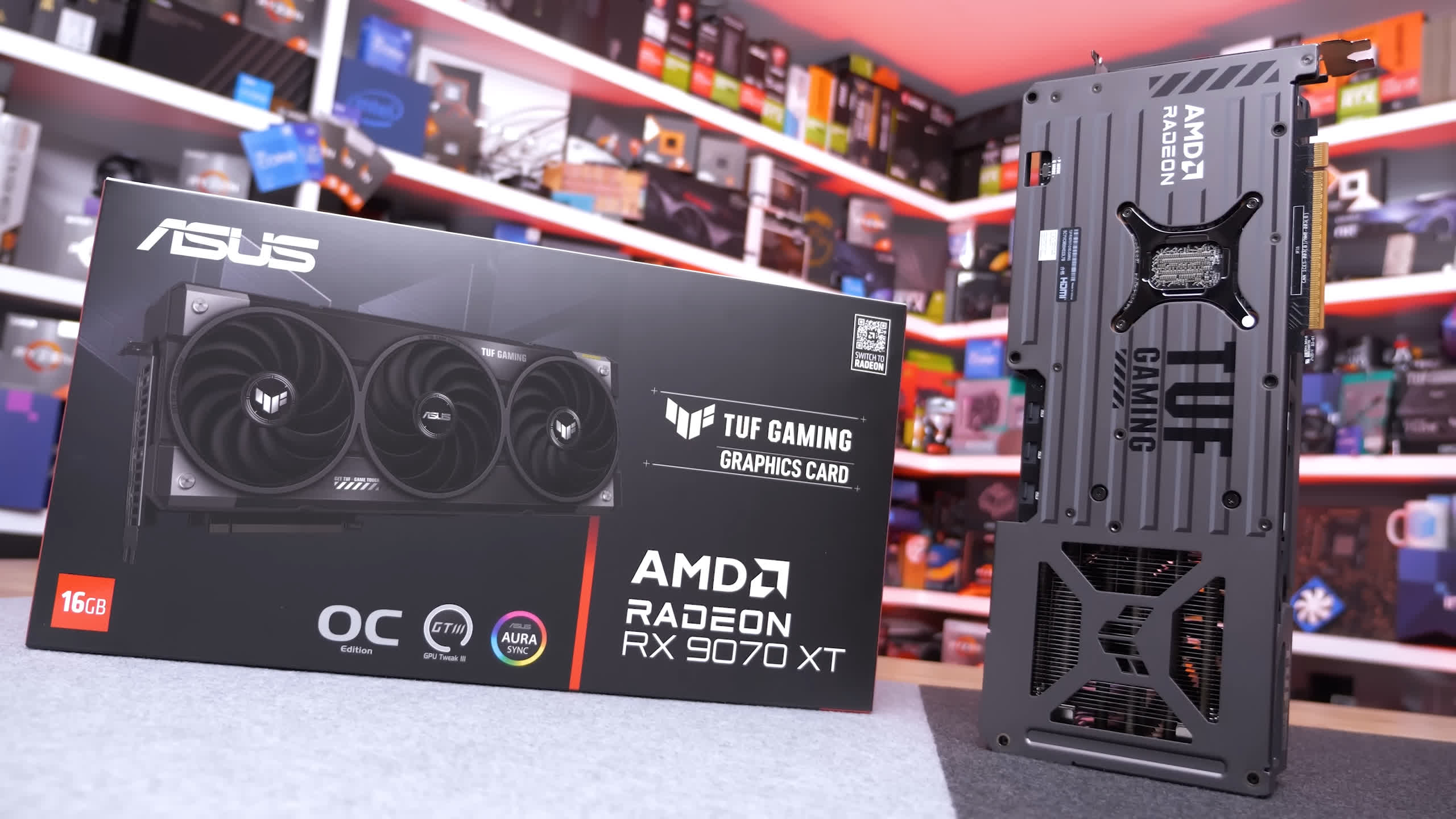
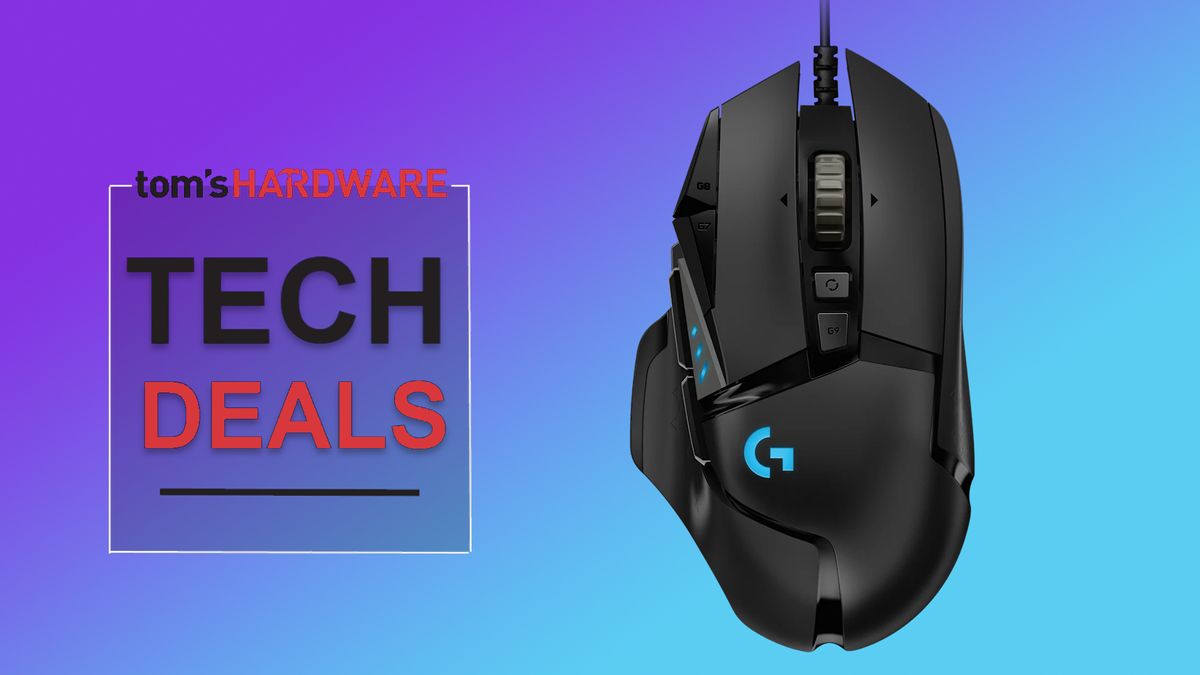

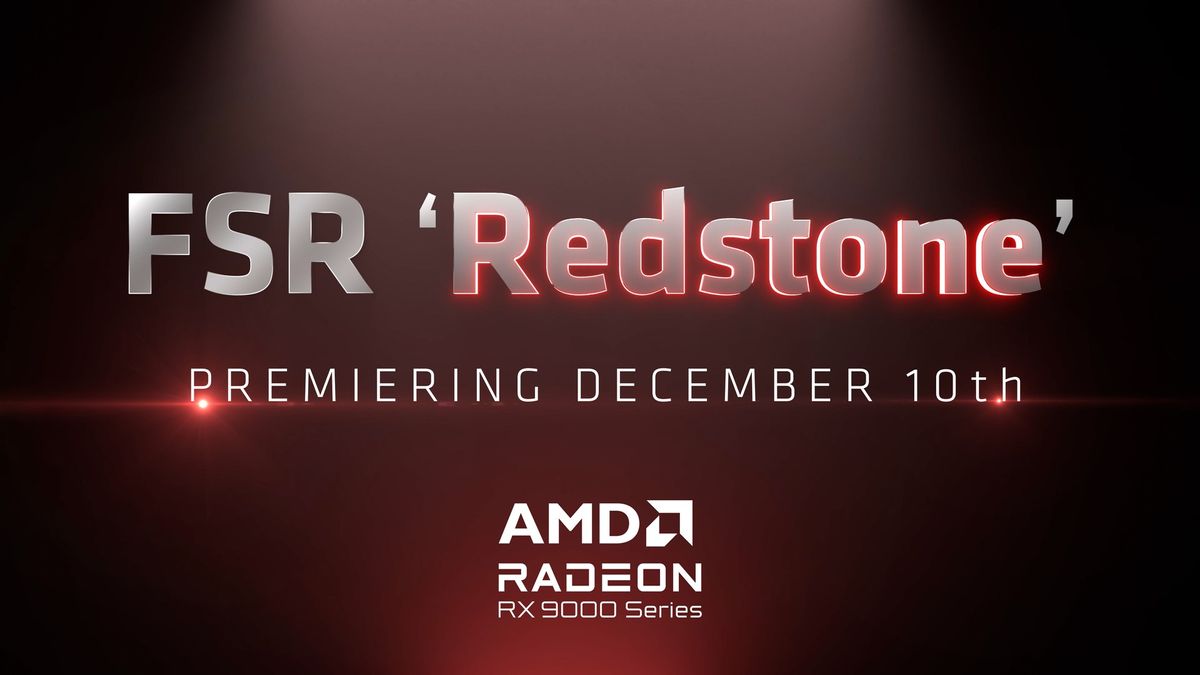
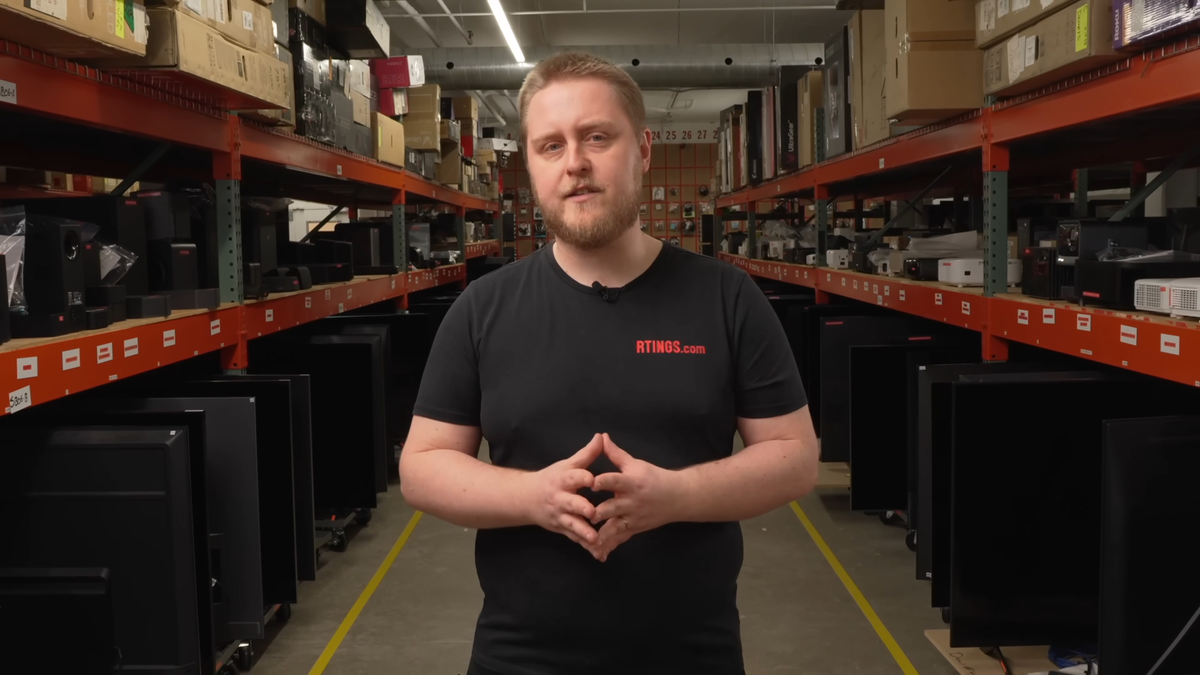

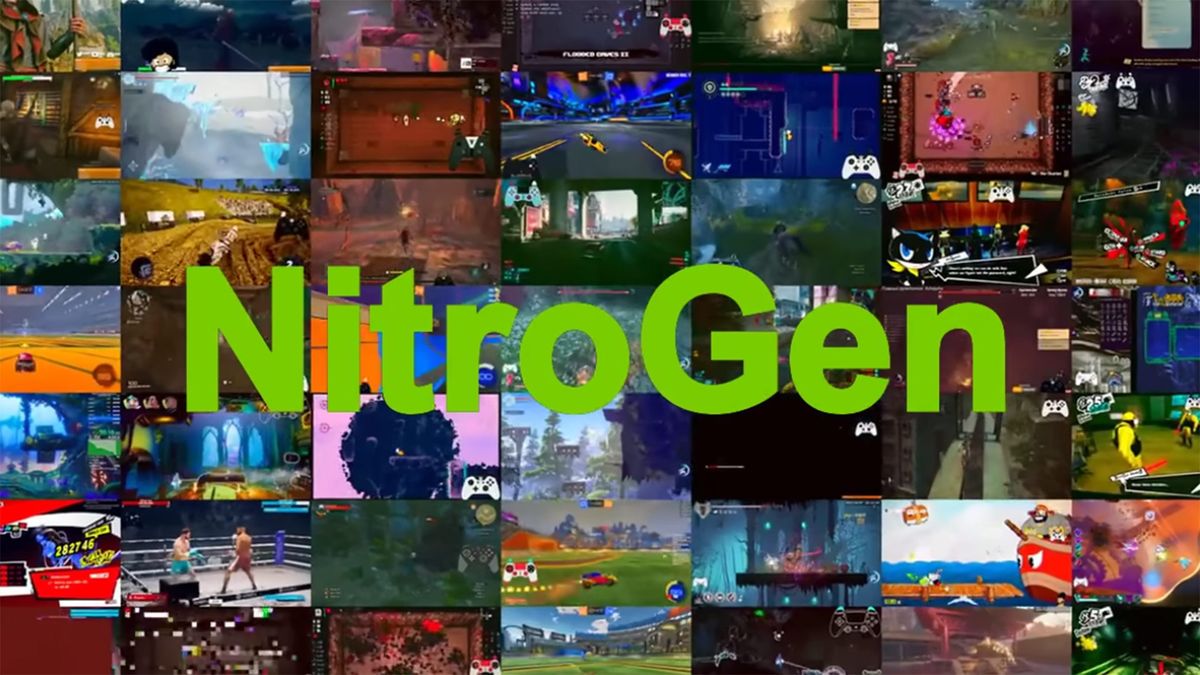
 English (US) ·
English (US) ·